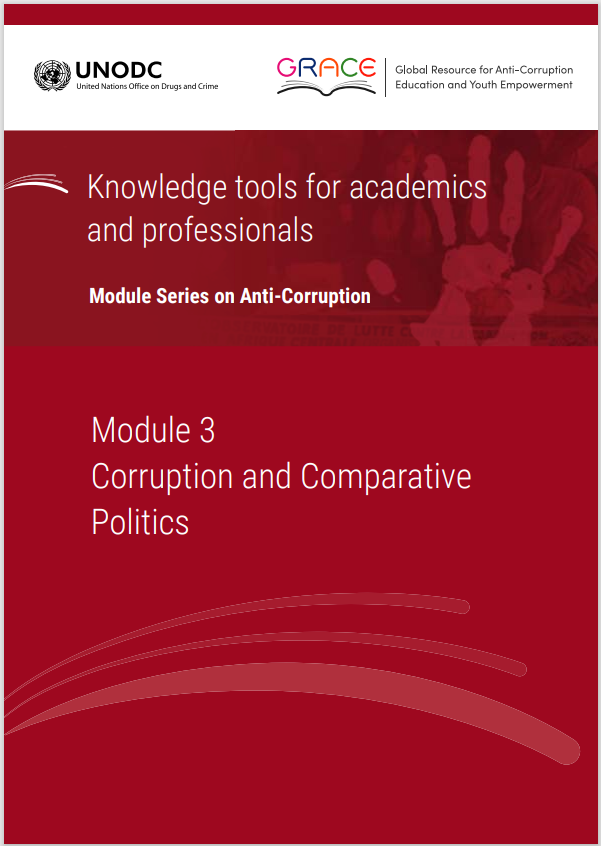This module is a resource for lecturers
Additional teaching tools
This section includes links to relevant teaching aides such as PowerPoint slides, video material and case studies, that could help the lecturer teach the issues covered by the Module. Lecturers can adapt the slides and other resources to their needs.
PowerPoint presentation
- Presentation on Module 3 (forthcoming)
Video material
- The biggest corruption scandal in Latin America's history (2018). Vox (9 min). » This short documentary is about the Petrobras and Car Wash scandals in Brazil. The two scandals involved bribes between Petrobras, the largest state-owned oil company on the continent, and dozens of engineering firms, including Odebrecht, the largest construction company in Latin America. It also involved politicians and high-level representatives of the Brazilian government, including three Brazilian presidents.
- South Africa's 'state capture' scandal widens (2017). Al Jazeera English (3 min). » This video shows protests of people in South Africa against big corruption scandals in the country.
- 1MDB scandal: the Malaysian fraud explained (2018). Financial Times (5 min). » The Financial Times' journalist Stefania Palma explains the infamous case of 1MDB - a Malaysian state investment fund. This case is considered as one of the biggest financial frauds in the history as $4.5 bn was misappropriated through corruption and money laundering.
- Corruption is Legal in America (2015). RepresentUS (6 min). » Mansur Gidfar, communications director of RepresentUS, talks about the impact of corruption on decision-making and policy-building of governments in the United States.
Other material
- KickBack: The Global Anti-Corruption Podcast. » This podcast features regular interviews with leading experts in the anti-corruption field, from academia, politics, activism, journalism, etc. The podcast aims to enhance serious debate and discussion about important issues in the field from a variety of different perspectives. Given the length of each episode (average: 45 min), the lecturer may use it as a pre-class assignment.
 Next:
Guidelines to develop a stand-alone course
Next:
Guidelines to develop a stand-alone course
 Back to top
Back to top
